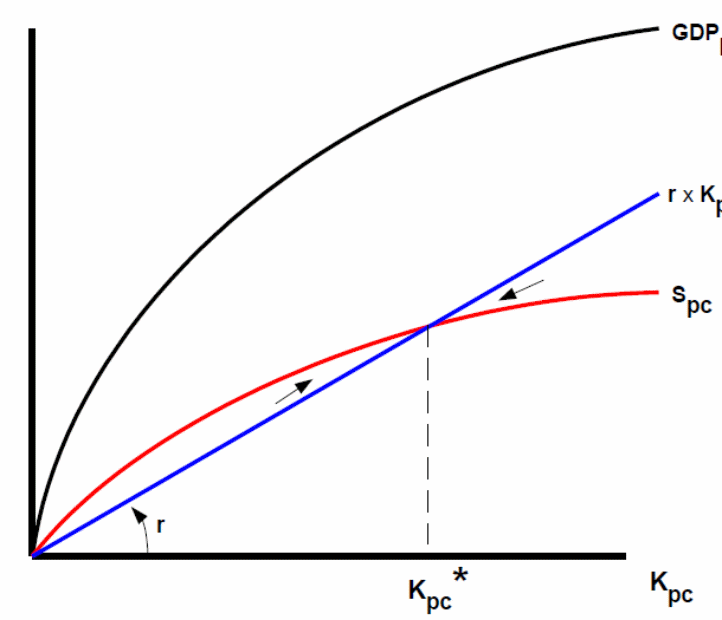Policy Issues
Expansionary Policies
Monetary and fiscal policies are used to adjust aggregate demand (APE). Monetary policy influences indirectly APE by adjusting aggregate supply (ASF). This results in a decline in interest rates. The interest-sensitive section of APE thus rises or falls. APE is directly affected by fiscal policy (APE and IS lines shift to the right or left). The fiscal policy entails increasing/reducing government spending (G); a component of APE. It also entails increasing/reducing the after-tax portion of GDY which in turn creases/decreases levels of C and me. However, both monetary and fiscal policies can create problems.
Consider figure 10.1(appendix) where macroeconomic equilibrium is at the point where APE and ASF lines intersect. Although monetary policy can move the ASF line to the right (where IS, APE and GDP intersect), the economy cannot attain this position since this would demand that the interest rates level assume a negative value. This implies that interest rates would hover just above the zero levels with APE below the required level of output (GDP0).
Thus, monetary policy alone cannot manipulate interest rates effectively to restore the economy to its initial GDP level. One way to solve this dilemma is by adopting a fiscal policy (increasing government spending or tax rebates). As figure 10.2 demonstrates, such a fiscal policy will move both APE and IS lines to the right. As a result, both the vertical GDP and IS lines will intersect at a point where the interest rates level is low. The monetary policy will then move the ASF curve rightwards to the new equilibrium point. This demonstrates that both monetary and fiscal policies are required to enable the economy to recuperate from a depression.
Nonetheless, it is worth mentioning that monetary policy tools are likely to be moribund if the economy slumps into a severe recession. This can be illustrated by the Great Depression which occurred in the US between 1929 and 1933. During this period, the GDP fell by 30%, Prices declined by 22% and the unemployment level hit 25% of the workforce. What’s more, interest rates level fell below 1% during this period. This resulted in a liquidity trap, a phenomenon where the Federal Reserve policy tools failed to restore the economy to its initial levels. Another salient problem caused by expansionary fiscal policy is that it increases APE and not ASF. The main issue here is that the ensuing lack of funding will prompt an increase in the interest rates level and crowd out the initial increment in APE.
Restrictive policies
Restrictive policies are employed to curb inflation. For example, restrictive policies can be employed in cases when APE and ASF are high. Such policies could restore APE and ASF to parity with GDP and thus avert the emergence of a macroeconomic coordination process. Inflation and growth in employment and output would also be averted. However, restrictive policies cannot be employed successfully to avert inflation that is already happening. A tax-based incomes policy can be used to attain low unemployment levels as well as a low inflation rate.
A tax-based incomes policy can be employed to curb inflation and foster high employment levels in the economy. For example, the government may opt to use this policy to set a ceiling on average wage and price increases. In other words, an employer would be liable for a tax penalty if his/her employees earn wages above the official wage ceiling. A similar penalty would also be applied to employees whose wages transcend the target level.
The same penalty would also be imposed on businesses that increase price levels above the target percentage. However, caution should be observed because the economy is likely to slump into policy-induced business cycles if demand-based policies are persistently employed to buttress employment levels and reduce the inflation rate. Interest rate policy is another effective tool that can be used to augment employment levels in the economy.
However, this policy is restricted since the Federal Reserve has no sway over fiscal policy (which is controlled by the Congress), which is needed to boost both employment levels and interest rates. It is thus imperative that the Federal Reserve is granted the power to coordinate both monetary and fiscal policies to achieve the desired interest rates in the economy.
International Issues
Balance of Payment
The balance of payment is a record of business transactions that a country enters into with other countries. This record consists of the current account records (which capture information on import and exports of goods and services and foreign income remittance and transfers) and financial account records. The latter comprises of United States’ assets (i.e. stocks) acquired by foreign institutions/countries including U.S. bank account balances. The financial account record also contains information about the foreign assets acquired by U.S. citizens. Figure 11.1 shows the balance of payments between the United States and some EU states.
The exchange rate (vertical axis) shows the ratio €/$. Line Dc signifies EU’s demand for the dollar to facilitate current account transactions in the United States. Line Sc symbolizes the number of dollars released by the US to the forex market to enable them to procure Euros to finance current account transactions in Europe. The U.S’s current account deficit increases as the Sc line shifts further away to the right of the Dc line.
The aggregate demand for dollars (D$ by Europeans is shown by Dc + Df line. The Sc +Sf line is the aggregate amount of dollars supplied by the U.S (S$) to the euro/dollar forex market. Thus the exchange rate is determined by the intersection of D$ and S$ lines.
Pegged Rates and Domestic Policy
A pegged rate system refers to a fixed exchange rate level through which countries agree to exchange their currencies in forex markets to sustain the exchange values of their respective currencies. However, a pegged rate system has its limitations. For example, assume that the EU’s demand for dollars and supply of dollars (to procure Euros) is at a fixed rate as shown in figure 11.2. If the US’s GDP were to increase, GDY would simultaneously increase and a small percentage of it would be used to pay for imports from Europe.
Consequently, the Sc line would move to the right and the exchange rate of the dollar (€/$) would fall as shown in figure 11.3. However, the fall in the exchange rate of the dollar could be curbed if the interest rates level in the US were to increase. A rise in interest rate would attract financial investments from the EU and hence increase demand for the dollar. The D$ line would thus move to the right while the S$ line would move to the left.
Flexible Rates and Domestic Policy
In case the interest rates level in the United States were to significantly decrease, the country would attract less financial investment from Europe given that the interest rates level would have dropped compared to those in Europe. As a result, the EU’s demand for dollars will fall (Df will contract). What’s more, Americans will perceive Europe as an attractive destination for financial investment. Thus, the supply of dollars by the US in the forex market (S$) will rise.
The value of the dollar in the forex market will plummet because a drop in Df will consequently move the D$ line to the left while an increase in the Sf line will move the S$ line to the right. As a result, the United States exports will swell while imports will reduce. Thus, the decline in the value of the dollar (occasioned by a fall in interest rates) is inversely related to APE.
Given that APE= a+b(GDY)-ci, the shift from a fixed (pegged) rate system to a freely fluctuating exchange rate will augment the size of “c” thus making the IS line flatter. This will buttress domestic monetary policy as demonstrated in figure 11.4. When the ASF line moves to the right, the economy will attain a new equilibrium at the point where the new ASF line intersects the IS line. Therefore, any movements of the ASF line will produce a substantial change in GDP for the flatter IS line compared to the effect it will have on the steeper IS line.
Although a change in interest rates may stimulate the remarkable responsiveness of APE that consequently reinforces monetary policy, it nonetheless subdues the impact of discretionary policy. As figure 11.5 shows, horizontal APE and IS line produce a feeble response to expansionary fiscal policy. This is because interest rates are pushed upwards by expansionary fiscal policies making the value of the dollar in the forex market increase. As a result, the volume of exports will fall while imports will increase. The APE and IS lines are moved by this policy to the right. Given the rise in the value of the dollar, these lines then move apart (to the left). However, these undesirable outcomes can be redressed via robust fiscal policies.
Development Issues
Reducing Population Growth
It is widely acknowledged that low birth rates and low growth rates are common denominators among wealthy countries. On the other hand, poor countries are characterized by high birth rates as well as high population growth rates. Many population experts have claimed, for a long time, that the prevalence of poverty among low-income countries is attributed to high birth rates. Several birth control programs have been implemented in these poor countries to stem high birth rates.
However, these programs have achieved negligible success since high birth rates are caused by poverty (contrary to earlier assertions). Many people in poor countries are unable to save part of their incomes for use in their old age. What’s more, their countries do not provide retirement benefits hence they are compelled to rely on their children for financial assistance when they grow old.
Given that abject poverty results in high infant mortality rates, many couples in poor countries sire many children to provide the labor force for the family when they eventually grow old. In nutshell, absolute poverty provides a strong impetus for families to sire many children. On the other hand, when family incomes transcend subsistence levels, birth rates eventually drop as the value of having many children dissipates. Consequently, the denominator (population) in the income per capita ratio (GDY/population) adjusts itself. This implies that the most effective way to reduce poverty is by increasing GDY.
To accelerate GDY growth, the country’s GDP (total goods and services produced in a year) must be increased. This calls for efficient utilization of the country’s factors of production (i.e. labor, capital, and land). A salient aspect in this process is education which must be used to improve the knowledge and technical skills of the labor force. What’s more investment in physical capital is a crucial element because a knowledgeable and skilled labor force can only be effective if suitable equipment and technology are available. However, low-income countries are lacking in this regard. It is vital to mention that capital investment can only be realized through savings.
However, poor countries are unable to raise their savings to substantial levels to facilitate capital investment. Hence, they have to rely on foreign assistance for capital investment. However, poor countries have consistently failed to attract such investments given their volatile political environments, rampant corruption, dilapidated infrastructures, and restrictive business tax regimes. Besides, low-income countries opt for assistance from international organizations for fear of foreign control.
However, increasing investment levels alone cannot bring about the desired economic growth and development in poor countries. Institutional and political reforms are also crucial if the desired economic growth is to be achieved. For example, massive investments may stimulate a poor country into an economic growth path for a short while. However, such a move cannot be sustained for long. As figure 12.1 demonstrates, raising the level of capital per capita (Kpc) about the quantity of labor and resource will bring about diminishing marginal returns. As a result, the GDP and output per capita (GDPpc) will rise at a diminishing rate while Kpc swells.
Sustaining Growth
Technological change and innovation are important aspects of sustainable economic growth because they improve the efficiency of a country’s factors of production. As shown in figure 12.1, technological change and innovation spin the GDPpc and Spc lines upward. As a result, the Kpc line moves to the right. It is worth mentioning that Kpc will keep moving to the right if technological change and innovation are persistent in the economy.
Governments in low-income countries can sustain this momentum by providing financial support to private technology research and development. They can also augment this effort by adopting foreign technologies from advanced countries. For this to happen, governments in poor countries must transform their tax regimes and enact laws related to intellectual property rights to attract foreign investors.
The introduction of technological change and innovation may pose a dilemma in poor countries. One major problem is that it renders a substantial section of the labor force irrelevant. The majority of workers who are not conversant with novel technologies may consequently lose their jobs. Thus, new technologies may face resistance as they threaten the daily subsistence of the masses.
Appendix
Figure 10.1
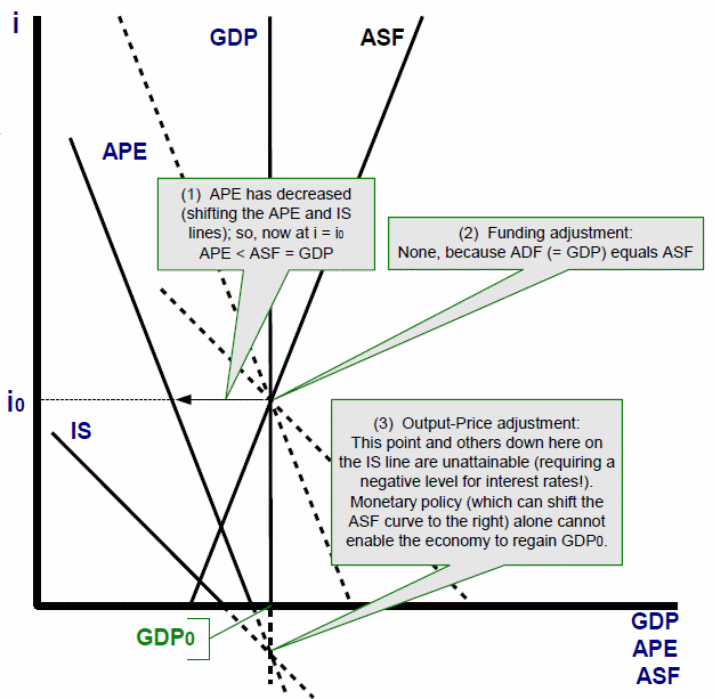
Figure 10.2
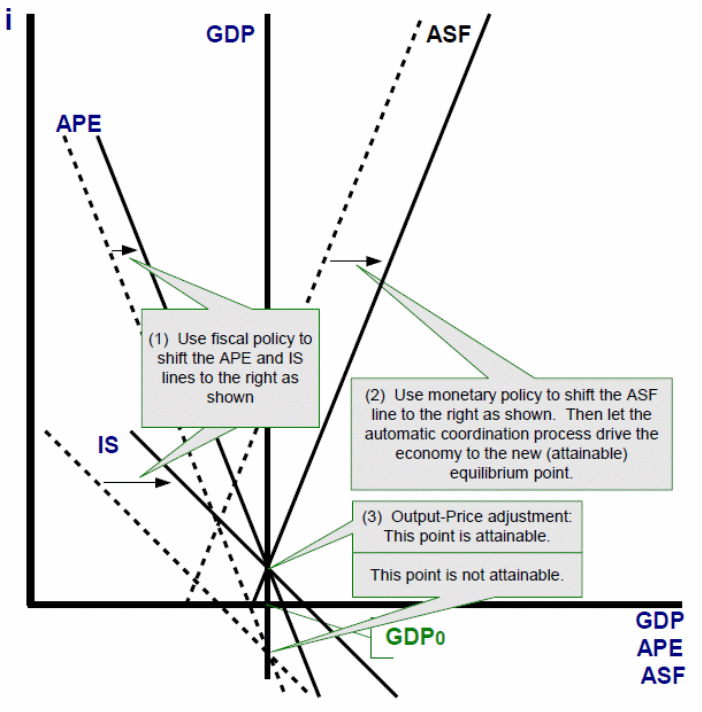
Figure 11.1
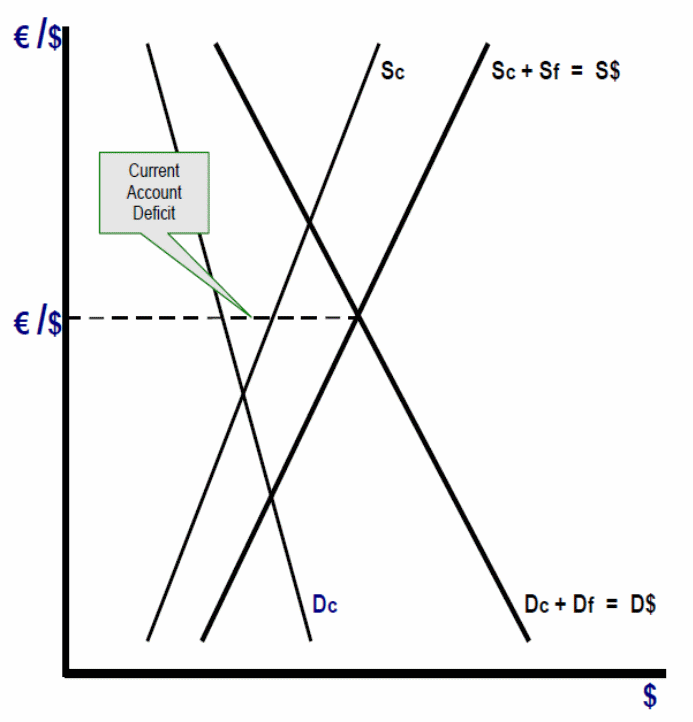
Figure 11. 2
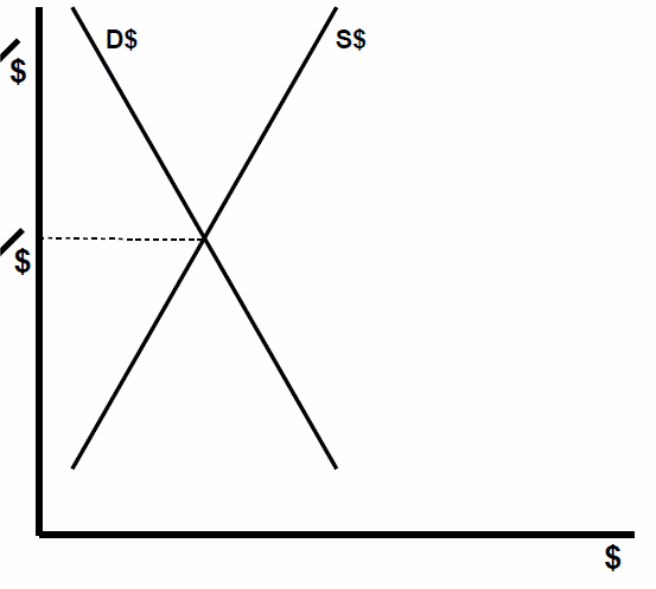
Figure 11.3
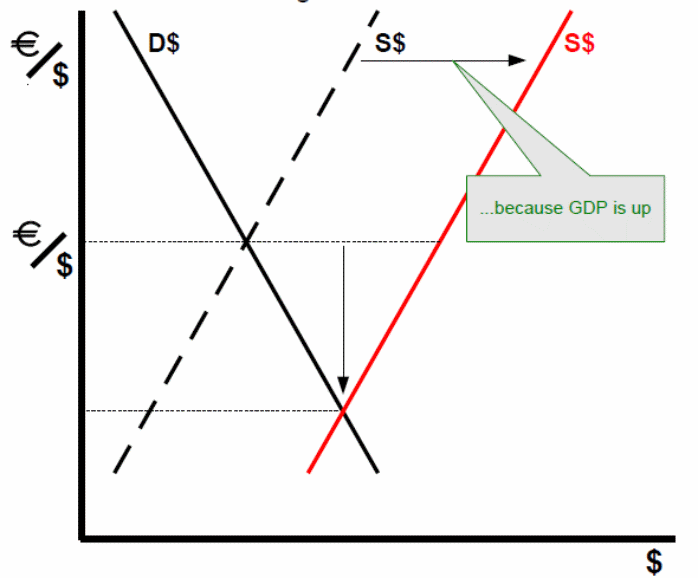
Figure 11.4
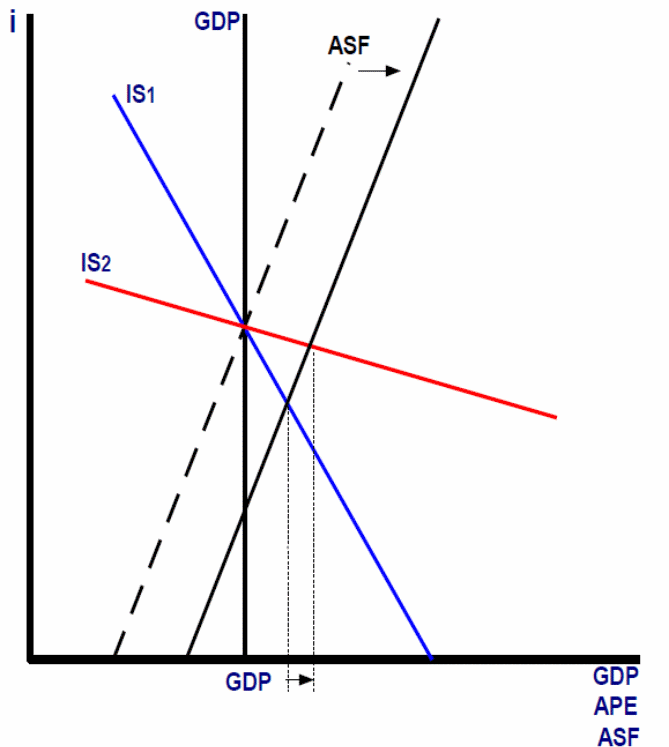
Figure 11.5
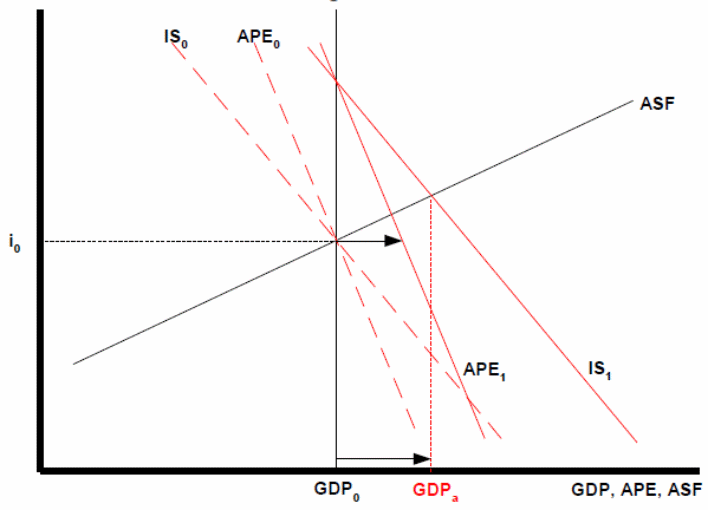
Figure 12.1
